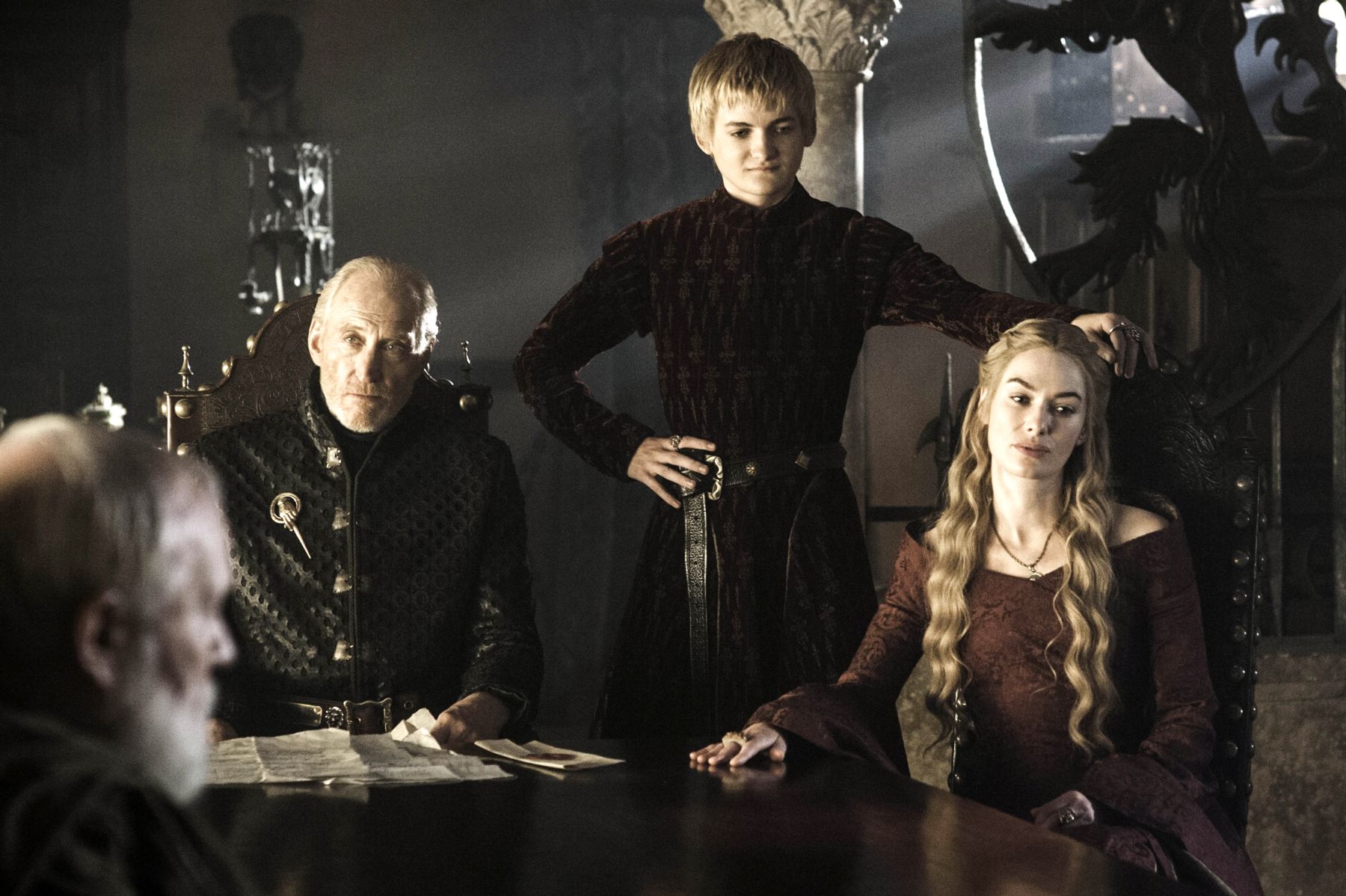Table of Contents Show
The world of Westeros is full of noble families vying for the power of the Iron Throne. One such family is the Lannisters of Casterly Rock. They are a powerful family married into royalty and held the Iron Throne for much of the Game of Thrones series, but they are also capable of absolutely despicable acts.
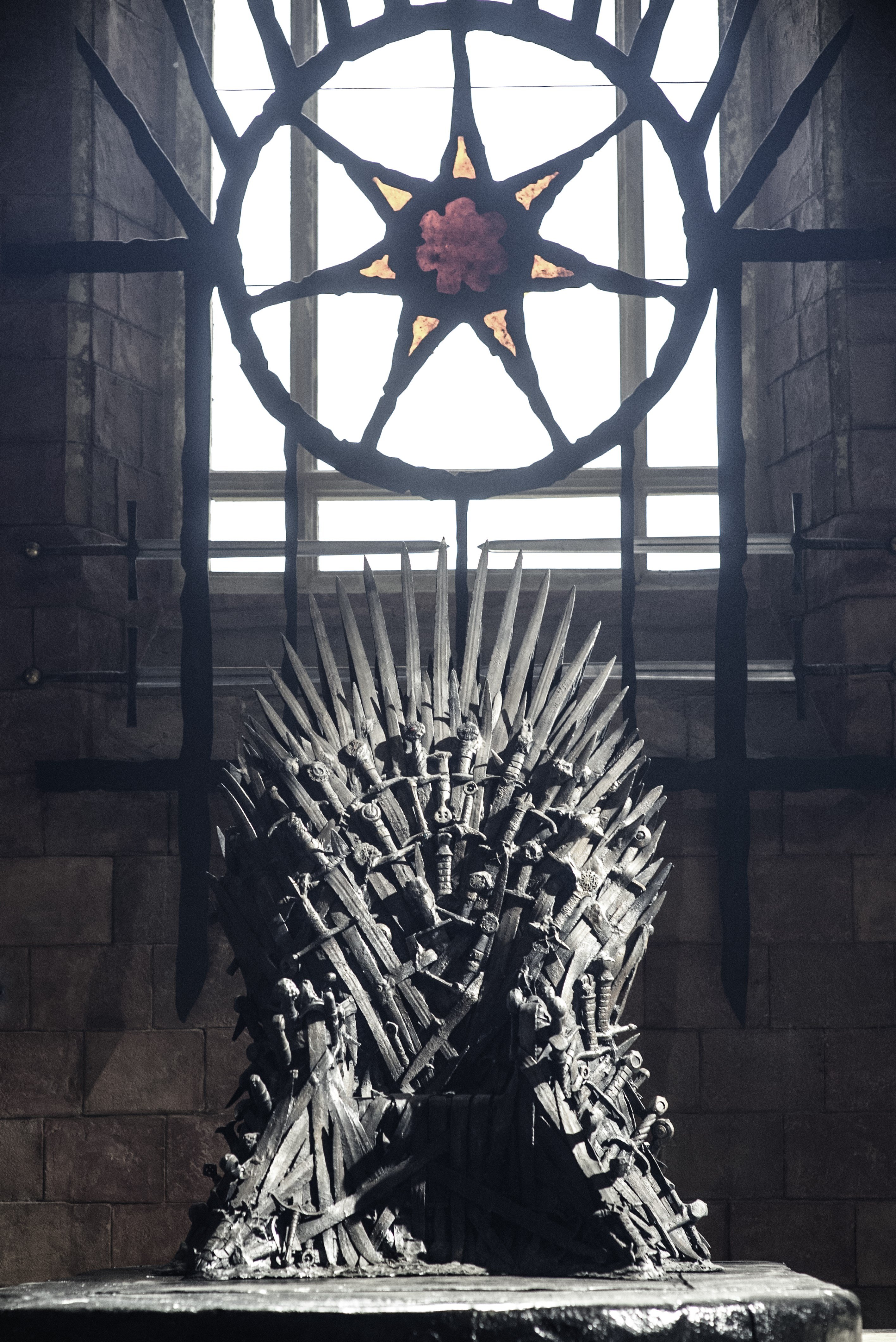
This duality of the Lannisters represents the way power and nobility work in Westeros; ruling is revered as beautiful, desirable, and honorable, but behind the scenes, the actions taken by those in power are often unsavory and bloody.
Having Two House Mottos Highlights The Duality
Most noble families in Westeros have a family Motto. The Lannisters have two, one official set of house words and another set that is more well-known and well-referenced within the show, especially by fellow nobles. The mere fact that they are the only family to have two mottos already suggests a heavy duality within this family. The first official motto of the Lannisters is “Hear Me Roar.” This references the lion that sits on their house crest. The lion is a proud, noble beast that protects its pride. This is what nobility is thought to be; proud protectors of the people. This aligns with the outward appearance of the Lannisters. They have a notorious public image that is associated with their iconic golden hair and their supposed roles as ideal rulers to the people (( The Take. “Game of Thrones Symbolism: The Lannisters.” YouTube, YouTube, 9 July 2017. )).
The Unofficial Motto
The second unofficial motto of the Lannisters is that
“A Lannister always pays his debts.”
This has multiple meanings and shows the Lannisters’ true values. The first of which is family, as this motto invokes the family name. Family, and specifically how the family interacts with one another, is a crucial piece of how the Lannisters are characterized individually and as a unit. Cersei offers a great example of how family functions in this duality. All know her as the doting mother, willing to do anything to protect her children and keep her family in power. This is the noble part of their familial dedication. A mother should do all she can for her children, and a noble family should do its best to keep itself stable and powerful. Contrarily, Cersei’s other defining familial relationship is her affair with her brother. This incestuous relationship warps the concept of familial love and pride into something despicable. Seeing as the children Cersei’s nobly loves were born of incest, this is an example of how nothing is as honorable as it seems at surface level in Westeros. The second is money,
“The Lannisters are the haves and they are proud of it.”
(( The Take. “Game of Thrones Symbolism: The Lannisters.” YouTube, YouTube, 9 July 2017. ))
They do their best to marry into power and obtain land but their greatest asset has always been their wealth, which they can use to control other noble families in need of gold.
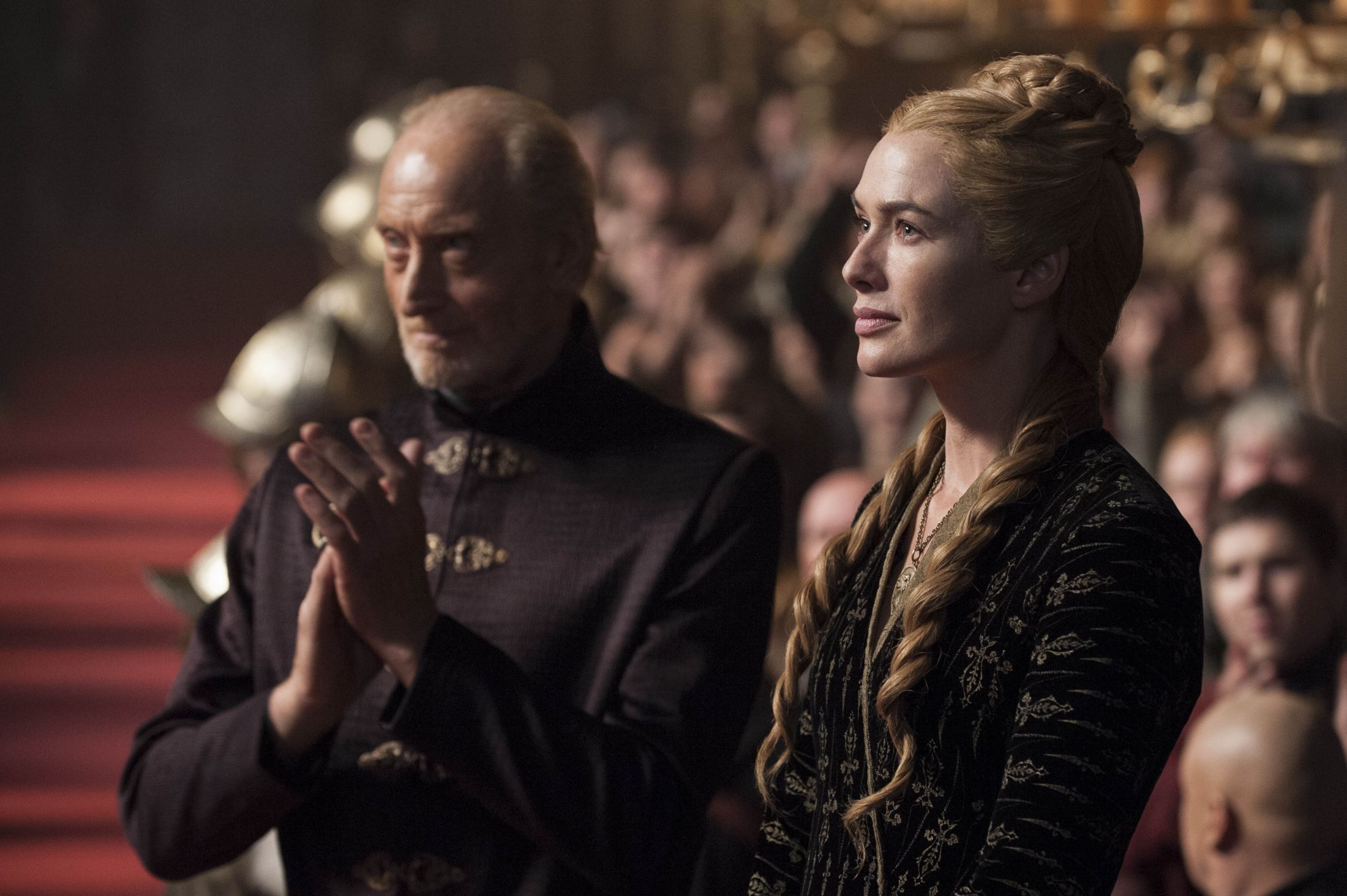
The third thing this motto invokes is vengeance. Paying a debt often means money, but a debt in Westeros could be a debt of blood rather than gold. This is to say that if you cross the Lannisters, there will be dire consequences, hinting at the dark underbelly of Westeros nobility. Throughout the series, we see nobility take violent actions motivated by personal revenge. These revenge plots often harm the population rulers should protect. While the first motto is that of the ideal noble family, the secondary motto the Lannisters choose to use more often than not demonstrates what happens behind the scenes with Westeros nobility.
House Sigil Invokes Nobility And Bloodshed
The Lannister family’s crest is a golden lion with a red background. Already the significance of the lion has been mentioned as a representation of the family itself and the positive connotations of what nobility should be. Of equal importance and representing the other half of the Lannister duality is the red background. Red is the color of blood, gore, and fire. This is the color that lays behind the noble lion. This represents the personal wars that the nobility plagues Westeros with.
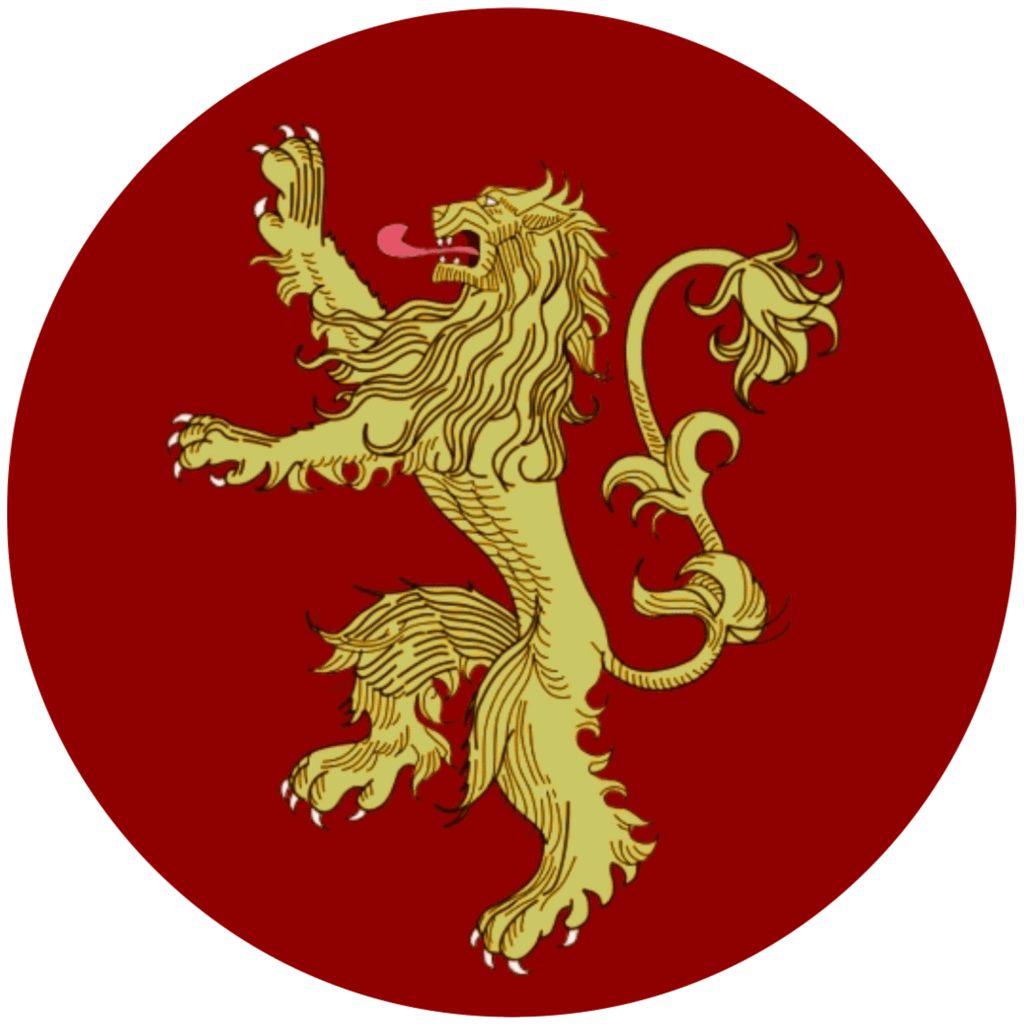
Another very violent house in Westeros claims the color red in their house sigil. This is, of course, the house Targaryen whose words are ‘fire and blood’ and who have been seen by many as tyrants. In this way, the Lannisters are further linked to nobility, as the Targaryens ruled Westeros for centuries and created the iconic Iron Throne and incredible capacity for violence and harm. The red highlights the less savory aspects of Westeros nobility, but it is important to note that the sigil as a whole still retains the beautiful outwards appearance that the Lannisters and nobility as a whole project to the public. The beauty of the lion hides the darkness of the red background.
The Siblings
While the things that represent the family demonstrate their duality, so do prominent members of the house. The Lannisters are incredibly concerned with their family name and preserving that family name. Tywin and Cersei, in particular, go to great lengths to protect their family from harm, and their character motivations circulate the idea of protecting their family legacy.
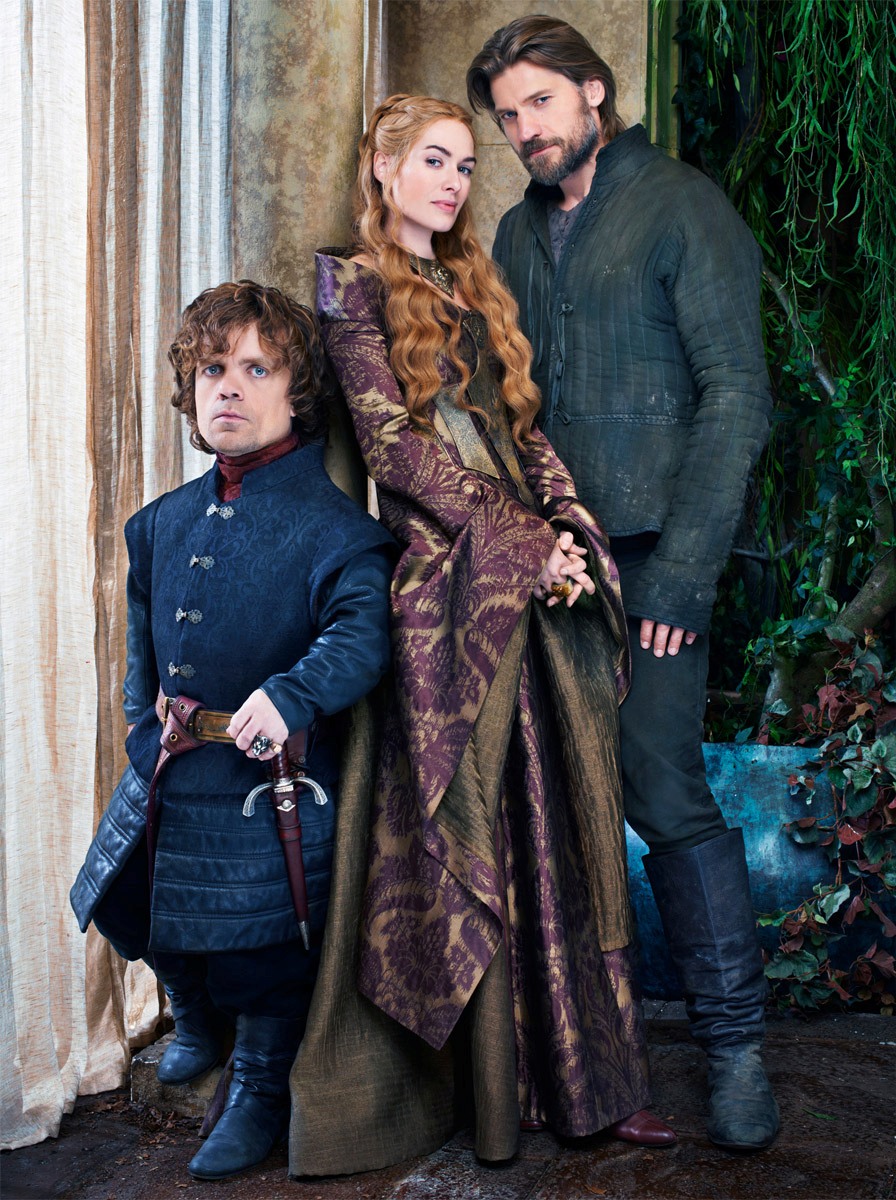
Yet, even in this, there is a contradiction as Tyrion becomes one of Cersei’s greatest adversaries, fracturing the idea of the family bond. They talk of protecting the family, but their actions against Tyrion and Tyrion’s actions against his father and siblings, constantly contradict that noble desire to protect the family. On the opposite end of the spectrum, Cersei and Jaime commit incest, and their bastard child’s discovery is what puts the Lannister legacy at risk in the first season of Game of Thrones. This demonstrates yet another instance of how the way the family obtained power, in this case getting their family line on the Iron Throne via Cersei’s marriage and children, is corrupted by an immoral action. No power in Westeros is gained in a purely honorable way.
Jaime Lannister
The king slayer’s story is perhaps the clearest individual reference to the duality that the Lannisters represent. Jaime was sworn to protect the Targaryen King, but he ended the Mad King while still wearing the golden kingsguard uniform. In a way, this act of spilling the red blood of the man Jaime was sworn to protect onto the golden plates of his noble uniform mirrors the red and gold of the Lannister sigil. Being part of the kingsguard is one of the highest honors a knight can ask for in Westeros. That is the noble presentation that the Lannisters want to project to the world. The betrayal of that nobility and the reality that by killing the Mad King, Jaime paved the way for Cersei to become queen (a positive, power acquiring result) shows the reality of noble power in Westeros.
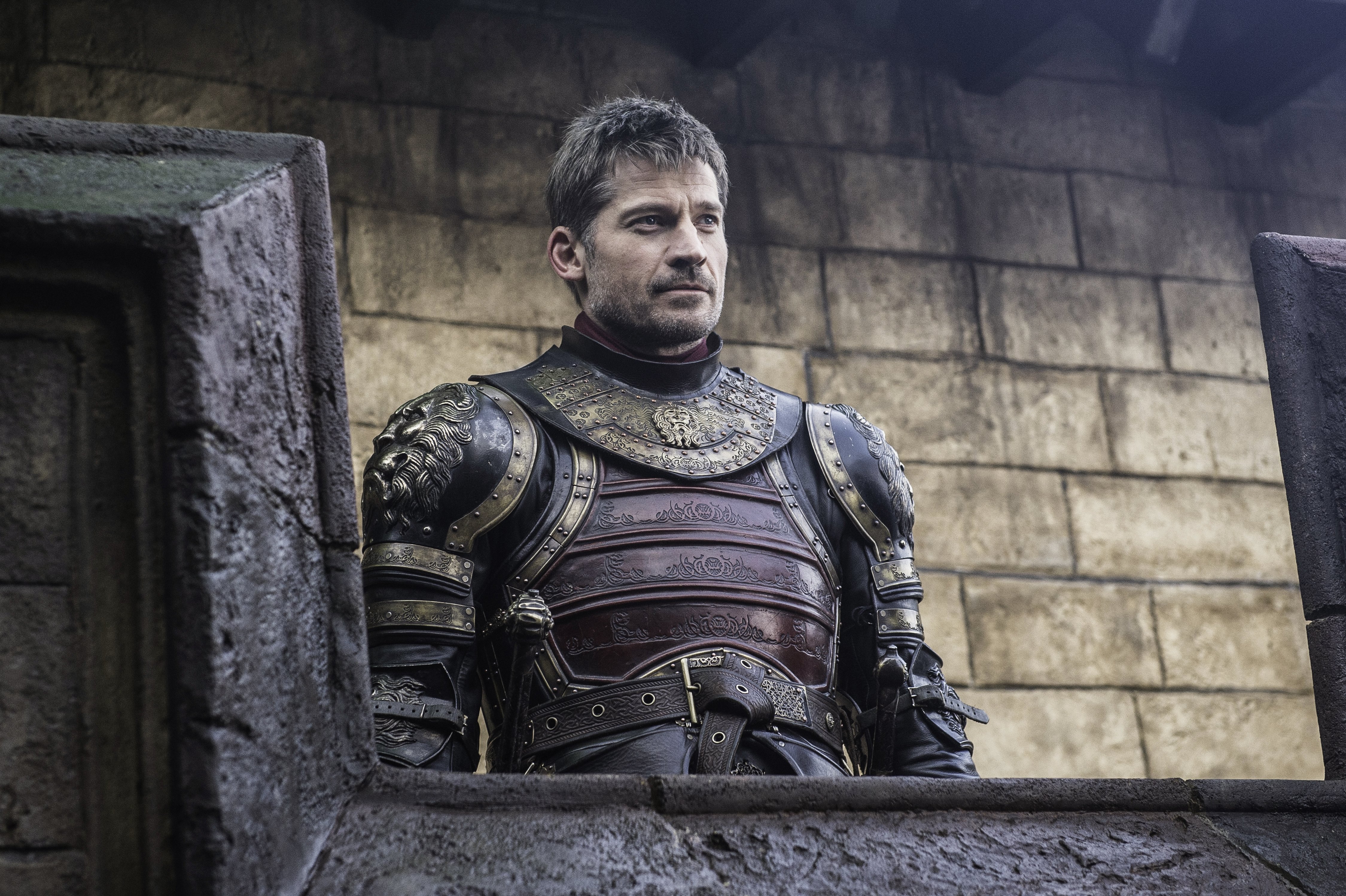
It is flashy and beautiful to the passive observer, but there is often death and betrayal at the root of that power behind the scenes. Jaime’s duality in his role as the kingslayer mimics the Westeros nobles. A noble front with a darker side to it that is always scrambling for power. Jaime’s origins in the show are not the only moment where his duality is on display. Throughout the course of the series, Jaime switches sides multiple times and is seen separate from his siblings almost as often as they are together. In his time away from Cersei and his father, Jaime grows and changes as a character.
Jaime’s Attempt To Rebuild Himself
Jaime’s character change did not begin with the first separation from his family when he was captured by the Starks in season two, but with a more permanent and literal separation from that aspect of his identity. In season three, Jaime’s sword hand is cut off, leaving him with a stump, later replaced by a literal golden hand. As mentioned earlier, Jaime prided himself as being part of the kingsguard and a talented knight. That honorable role represented him and the vision of the Lannisters that the family wanted to project. So it should be no surprise to see that it is only when that aspect of his identity is stripped away that he starts to grow as a person.
Once his sword hand is gone, Jaime is forced to rebuild the image he has of himself. He can no longer rely on the image of his family that had shaped his growth and actions up until now. His father was not there to force the image of the ideal Lannister onto him, and he could no longer rely on the image of himself that had supported the Lannister duality. He was no longer a beautiful, talented knight; instead, he was a prisoner with no hand and no support. Jaime was finally allowed to consider finding his own path.
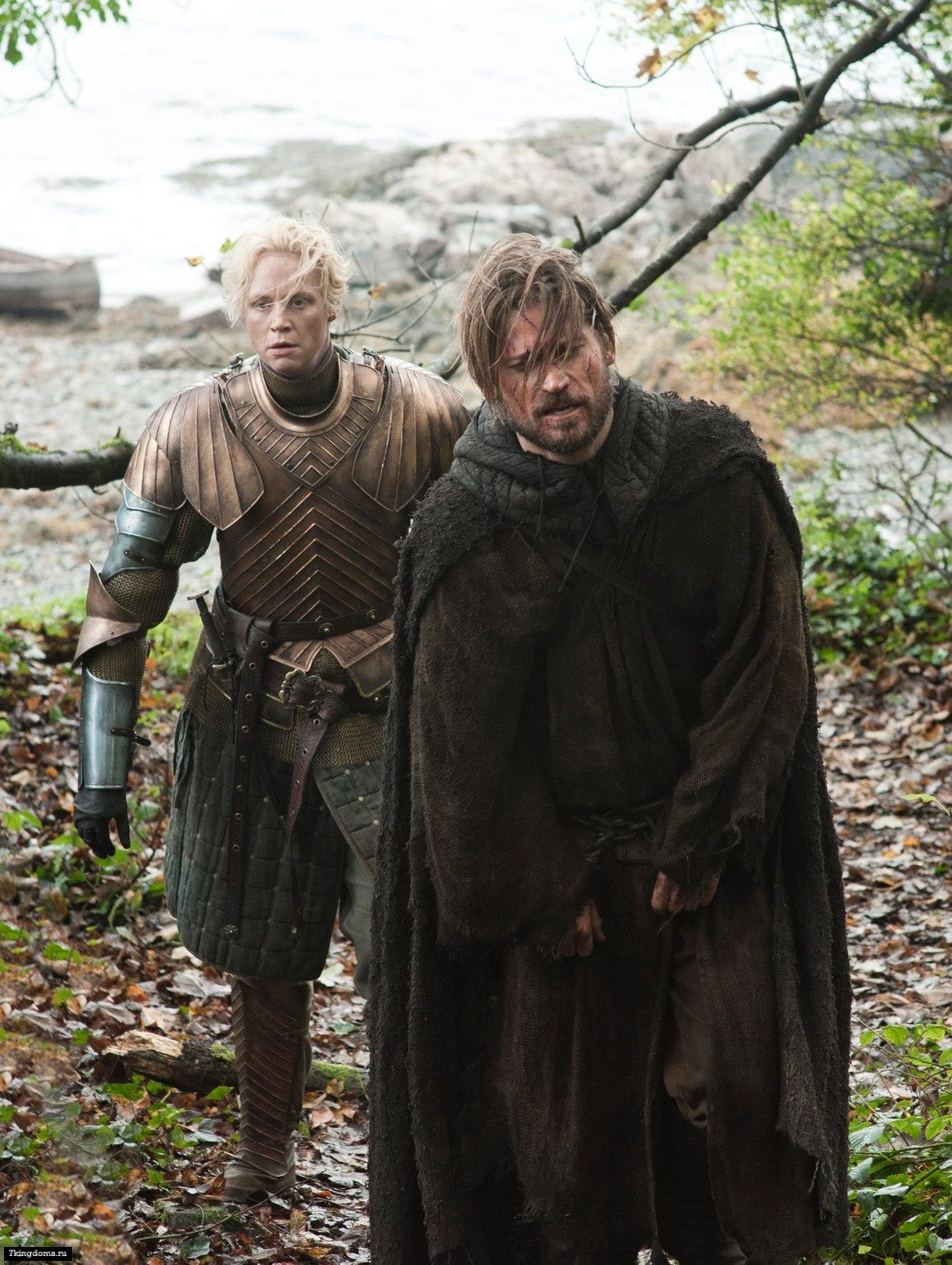
Despite being distanced from his family, Jaime was not entirely alone. He had Brienne of Tarth at his side for much of his time on the show. It was clear that Jaime admired Brienne, however begrudgingly at first, for her dedication to her duty as a knight and her unwavering honor. She was what Jaime pretended to be. A noble knight uncomplicated by the politics and duality of the Westeros high nobility. Through his admiration and observation of Brienne, Jaime learns that honor still has a place in the struggles of the brewing war. His dedication to Brienne helps him become a better person and starts him on redemption. We see his growth in the way his attitude towards Brienne changes over time. When Jaime first met Brienne, he called her ‘thing’ and spent much of his time as a captor within the Stark camp belittling her for being a strong female knight.
The first shift in Jaime’s behavior comes just before his hand is removed when he lies to save her from being raped by the soldiers that captured them. This is a point of intersection between what Jaime was and his start in changing for the better. The act of lying is dishonorable, but it is done for an honorable purpose, making it another instance that highlights Jaime’s duality as well as a turning point. He would not have bothered lying for Brienne several episodes earlier. His redemption continues, and his character improves. At one point, Jaime even jumps into a bearpit to save Brienne’s life, something that he would not have considered doing for anyone but Cersei at the start of the show. The height of his redemption arch comes when Jaime voluntarily leaves Cersei’s side to travel North and help with the fight against the army of the dead.
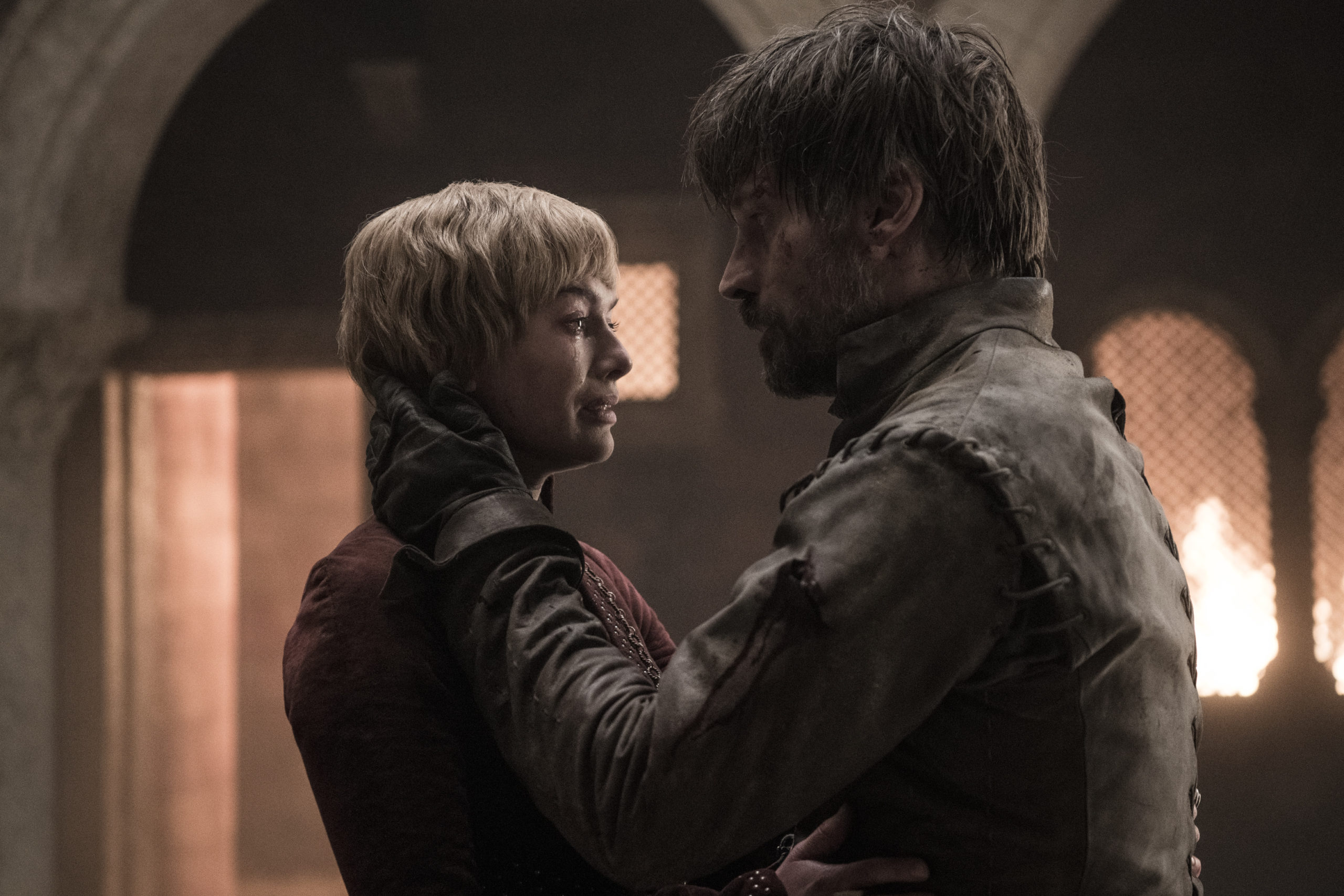
This act is not done in favor of his house, and in fact, Jaime goes against the wishes of Cersei by doing so, which shows how much Jaime has changed. He no longer blindly listens to his family’s wishes and understands the value of doing something simply because it is right. Unfortunately, Jaime’s redemption is never fully realized. He grows and changes throughout the series, but in the end, he leaves Brienne to return to his sister/lover and dies at Cersei’s side. In his final moments, Jaime reverts to the man he was in season one, the man willing to do whatever it took to help his family, the man who breaks his oaths, the immoral red shadow hiding behind golden armor. If the Lannister duality represents the nobility of Westeros, then Jaime’s final acts suggest that no matter how much the kingdom might change, its core never will. Regardless of the changes put into place in the final season, Westeros and the nobility leading it will always be poison hiding in a beautiful bottle.
Cersei Lannister
As a woman in Westeros, Cersei Lannister should have little to no power in any recognizable capacity, yet she manipulates her way into power repeatedly throughout the show. This demonstrates that in Westeros, who you see on the throne, the expected ruler, does not often hold the real power. Instead, the power often sits not with the one on the throne itself but with the people lurking in the background. It is those, like Cersei, who smile when in court and put on a pretty face but are willing to do unmentionable things and discard morality when necessary, who really make decisions. Cersei’s duality, appearing the powerless woman but holding immense amounts of power behind the scenes, is another way that the Lannisters represent the Westeros Nobility. Her duality shows us the reality of the nobility and reminds us that in Westeros, appearances can be deceiving.
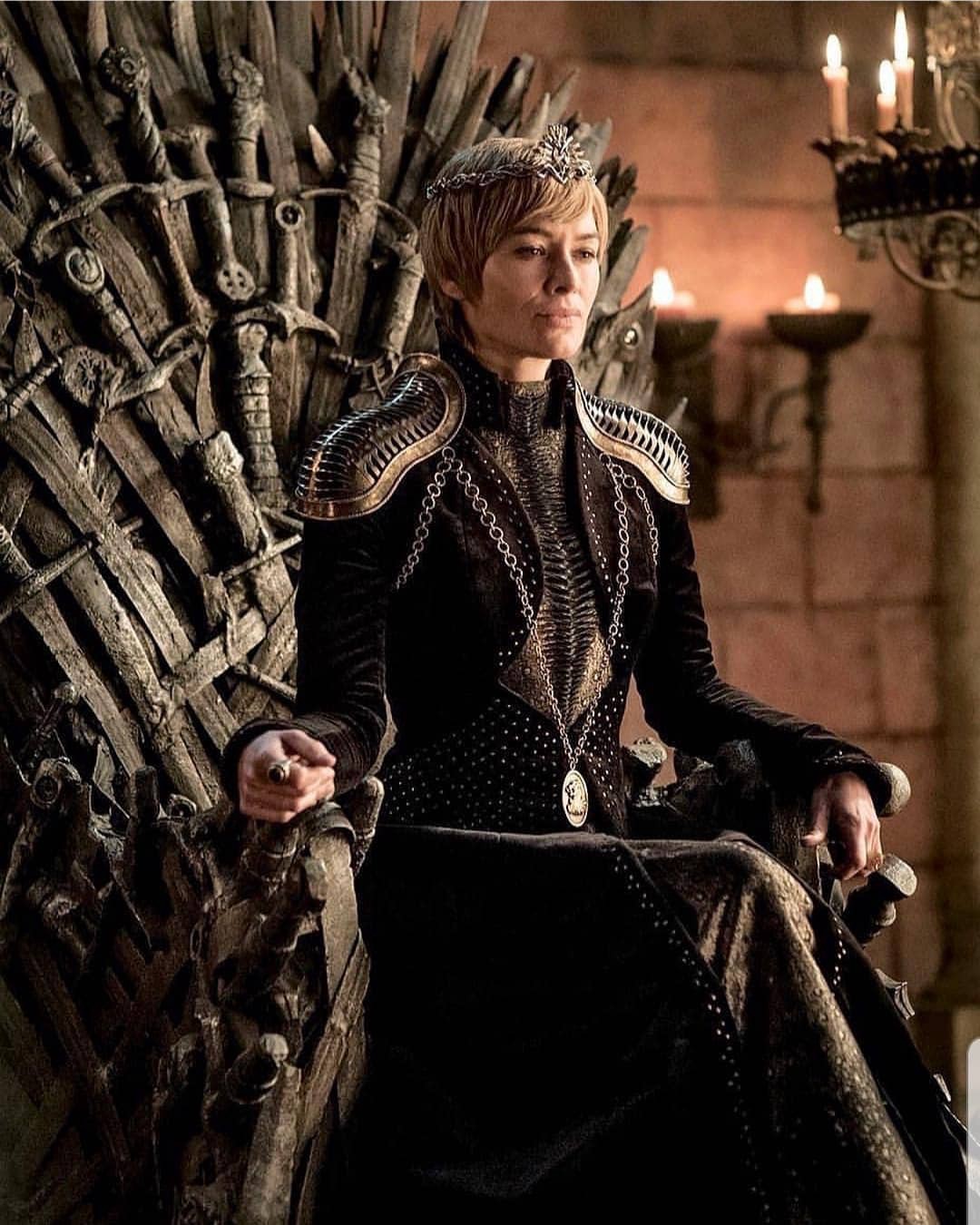
Another aspect of Westeros nobility Cersei portrays is that there is a price to be paid in exchange for power in Westeros. Cersei’s roles throughout the series can be summarized as Queen Consort, Queenmother, and then Queen in her own right. It is fair to say that the more power she gained, the less happy she became. Cersei’s first major change came before the series when she went from being a noblewoman to Queen Consort. As Robert’s queen, her social status was elevated greatly, but she was clearly miserable. Cersei explains to Ned Stark that she was ignored and felt constantly unwanted due to Robert’s undying adoration of his deceased first love. Young girls, such as Sansa in the first season, dream of falling in love with a king and being his queen.
The social status and social power being queen offers are seen as a positive, but Cersei shows us the depressing reality that life as Westeros’ Queen was unbearable for her. To combat her loneliness, Cersei found love elsewhere and started her horrifying relationship with Jaime. This brought her momentary happiness but ultimately led her down a path of war and loss. In this way, another example of a Westeros woman’s milestones, which are always described as glorious and happy affairs, is twisted into something tragic and warped from the presumed reality. Cersei’s royal wedding brought her power but not love, and motherhood brought her family security in that power but brought Cersei only loss in the end.
Cersei’s Children Bring Both Joy And Loss
Throughout the series, each and every one of Cersei’s children is killed. The first, Joffrey, is poisoned. Cersei has to watch him die before her eyes. The second to die is her only daughter, Myrcella. While Joffrey was regarded as a cruel child by even his mother, Myrcella was always described as innocent and sweet. Myrcella, like Joffrey, was killed by poison just out of Cersei’s reach. Worse still, Myrcella seemed to have been on the path to get everything that Cersei could not. The boy she was set to marry was powerful, the future Prince of Dorne, and better still, the two had fallen in love. For that reason, perhaps Myrcella’s death is twice the reminder that power comes with a price. It was as if such a pure and unproblematic pairing could not belong in Westeros nobility.
Tommen ended up taking his own life a season later. His suicide was prompted by Cersei’s own actions. By this point, Cersei was Queen Mother, and it was clear that she saw this as a downgrade in her status and power. In an attempt to prevent those who challenged her, namely the current Queen Consort, Margaery Tyrell, and a growing religious sect, from taking away her authority and power, Cersei blows up the Sept. The explosion slaughters hundreds of innocents along with Cersei’s targets, and it is the sight of the holy building in flames that pushes Tommen to jump out of his bedroom window.
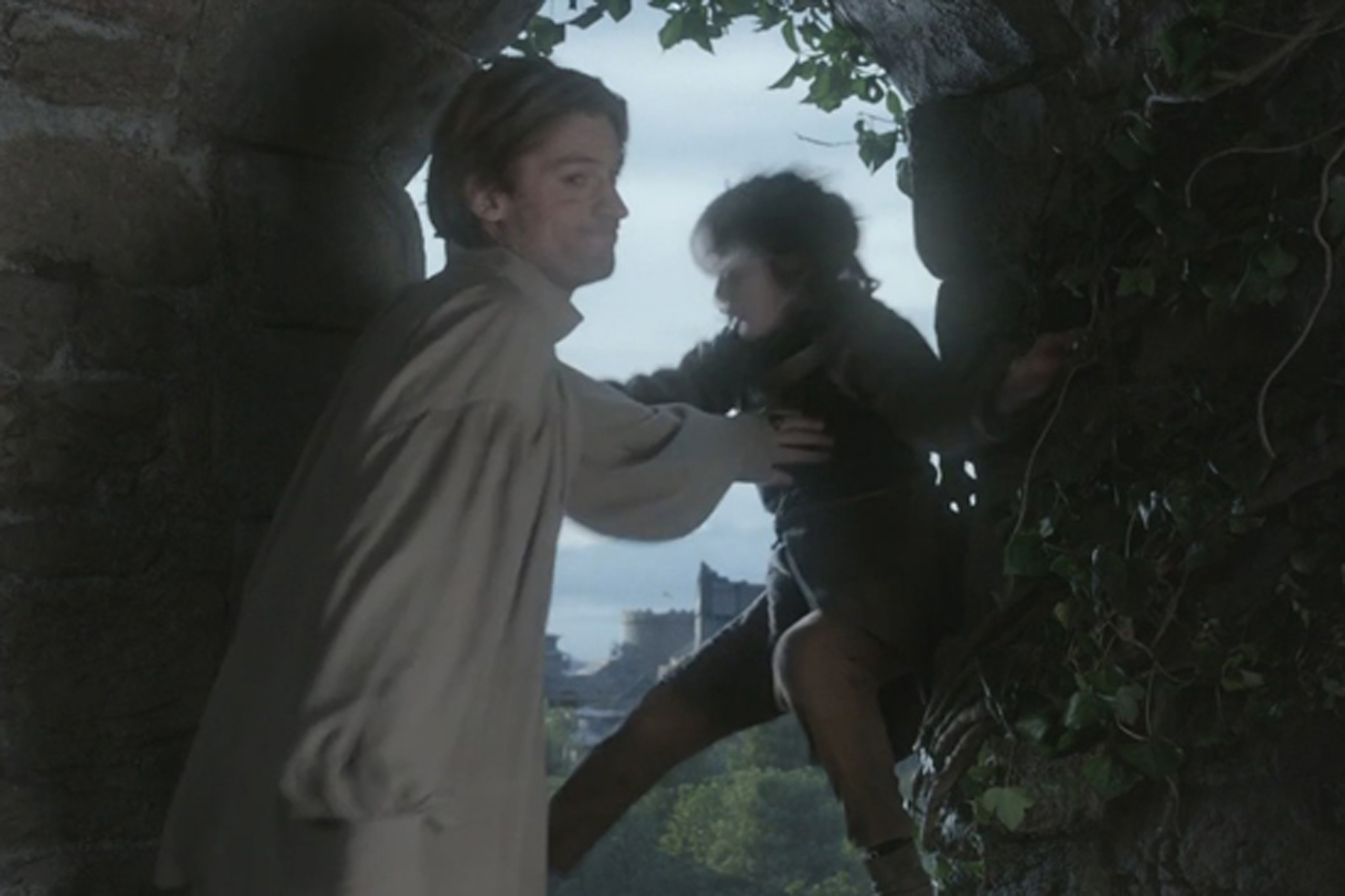
Tommen’s death is the only one that Cersei is directly responsible for. It is curious, then, that it mirrors one of the first acts of violence that Cersei instigated all the way back in the first episode of season one. Bran Stark was pushed out the window because of Cersei and Jaime’s actions. It seems Tommen’s suicide, falling from a large open tower window, hints at the cyclical nature of Cersei’s actions. She grasps for power, lashes out when her powerful reality is not to her liking, and the result is always others getting hurt and Cersei ending up just as unhappy as she was before. Cersei’s duality is that of a misleading appearance. Power seems attractive and shining on the outside but leaves her empty and hollow. Despite that, she, like the rest of Westeros Nobility, continues to grapple for it, always thinking that next time it will turn out better, and she will find the satisfaction that she seeks.
Tyrion Lannister
Tyrion Lannister is the least similar to his family’s traditional nobleness. He isn’t the tall, handsome knight with flowing golden hair and swordsmanship training. He is ‘the imp’ who is looked down upon (literately and figuratively) and forgotten. Tyrion represents the duality of the Lannisters in the opposite ways that his siblings do. His outward appearance is what is considered unsightly and not noble, while his mind and actions are largely much more moral and noble in nature. His family frequently tells Tyrion that he is no lion, which in conversation with the discussion about the sigil earlier suggests that what they dislike about Tyrion stems from the fact that he cannot produce their duality in the same way that Cersei and Jaime can.
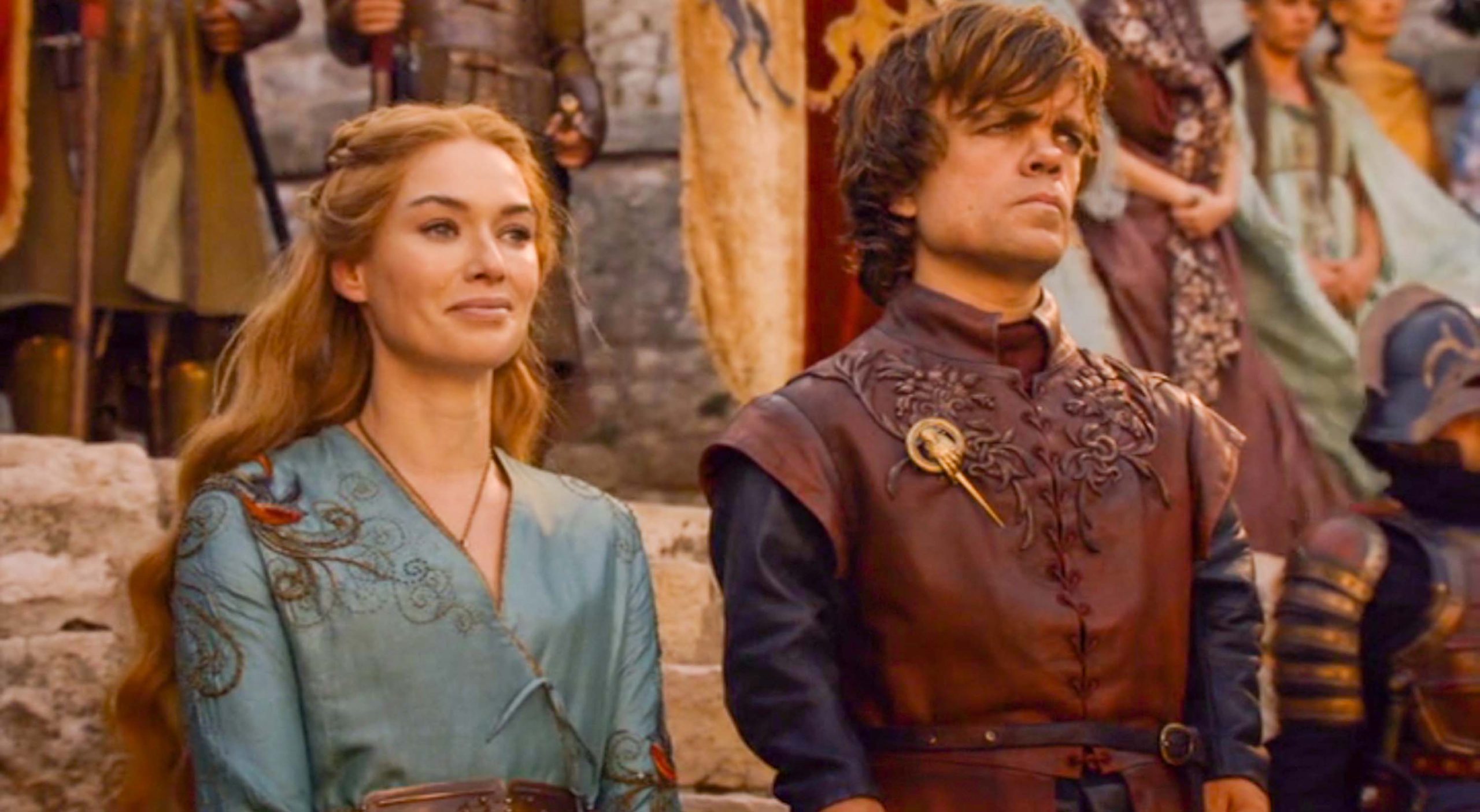
Perhaps Tyrion’s obvious separation from the Lannister duality allows him to thrive and grow where his siblings do not. Tyrion cannot rely on the things that nobility normally can (namely, the support of his family and outwardly inspiring/noble appearance). Without that to rely on, Tyrion has to shape himself rather than be molded by his father and traditional noble values. The issues that both Jaime and Cersei face, Tyrion sees clearly from the start. When we meet him, he is in a whorehouse unashamedly, which is decidedly different from the traditionally noble settings that we are introduced to Jaime and Cersei in. Tyrion does not care to maintain a golden exterior because he knows he never had one to begin with. He sees from the beginning that gaining power is not what leads to happiness, as his nobility did not give him a happy childhood or prospects for a happy future.
Instead, he can focus on other things, and he discovers what he excels at and what brings him joy rather than what his family thinks should make him happy and successful. Even when Tyrion is handed traditional Westeros power by being named the hand of the King, he holds onto the parts of him that his family would not approve of. He brings Shae, a prostitute that he had fallen in love with, to the Red Keep with him. He continues to find his happiness in her rather than relying on power to satisfy him, as Cersei tries to do.
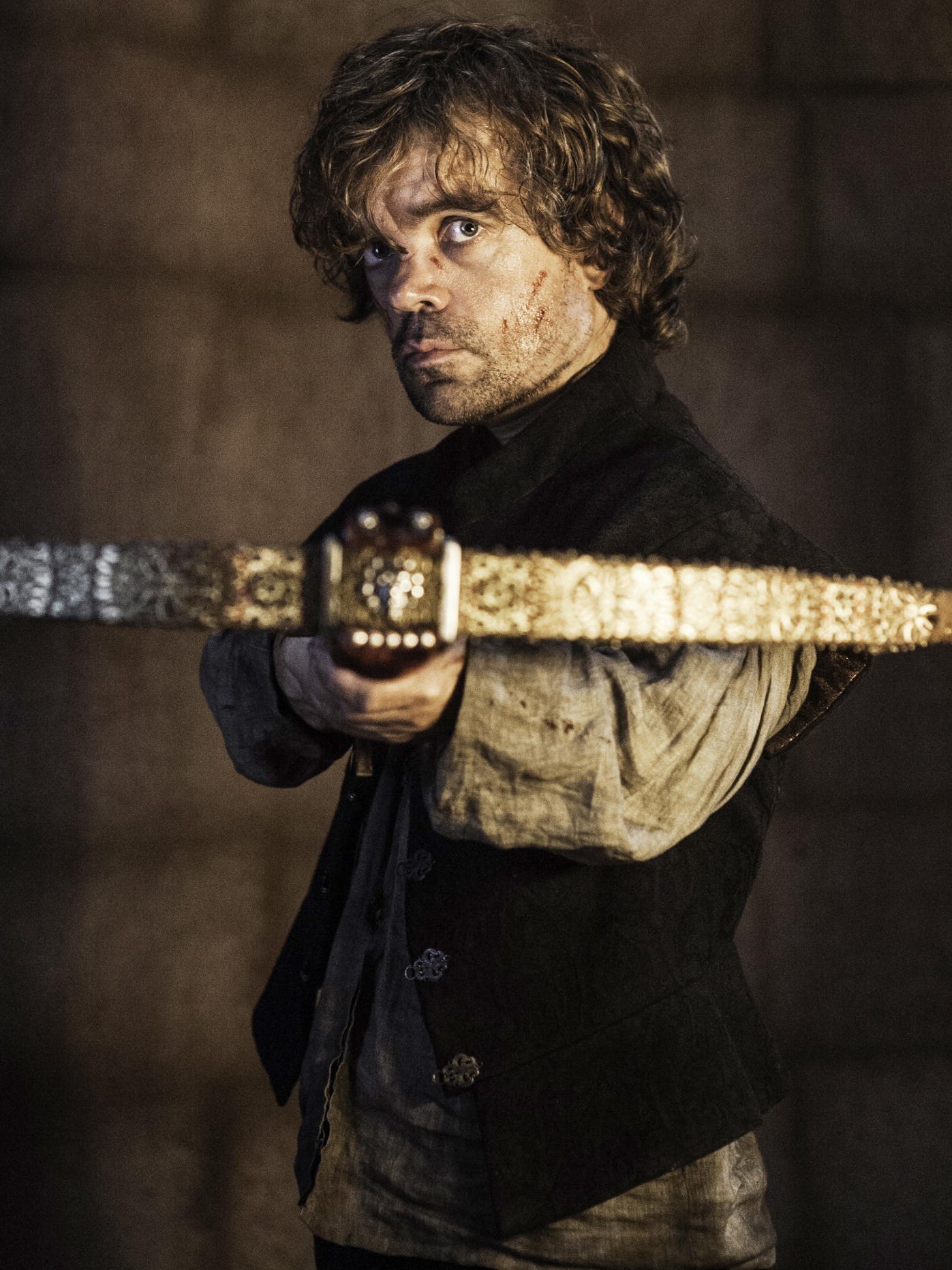
However, it is also important to note that while Tyrion is the hand of the king, he never has the same type of true power that his family does. Despite proving himself as wise and clever, his family continues to hold him at arm’s length and reminds him regularly that his power is only temporary. Officially, the role of Hand of the King still belongs to Tyrion’s father, and upon Tywin’s return, Tyrion will go back to the imp he was before. It is not until Tyrion leaves Westeros entirely that he is able to attain power of his own. Across the seas, Daenerys Targaryen makes Tyrion her own hand. It is then that Tyrion is able to stand on his own feet. Unfortunately, Daenerys does not know any of the Lannisters and thus can only judge Tyrion as Tyrion. She does not know that the Lannisters are ‘supposed to be’ treason and blood and betrayal wrapped in a golden package and instead sees a diamond in the ruff.
Tyrion’s Ending And The Lannister’s Future
By the end of the series, Tyrion is the only Lannister that survives to the last episode. He is the one that creates the new system of government that Westeros will live by, and in his last scene, he is overseeing a council meeting. While at first glance, this seems to suggest that Tyrion has avoided falling into the trap of the Lannister duality and banished that version of his family by breaking the mold, there is another interpretation of Tyrion’s ending.
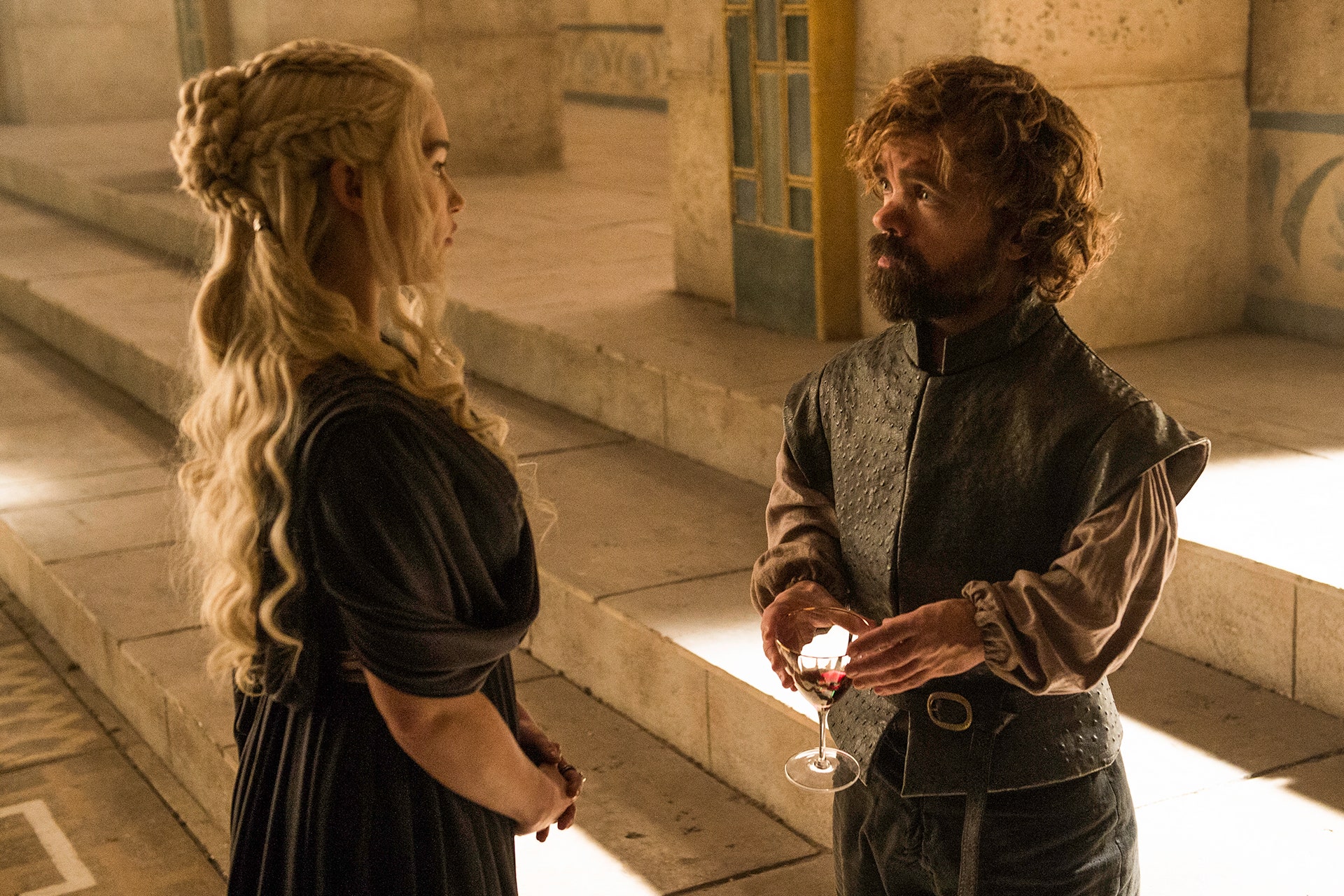
The show goes out of its way to present Tyrion as different and his ending as desirable. Indeed, Tyrion does seem satisfied with where he ends up, but is it really any different than where his family started the series? In the end, Tyrion is exactly where his family always wanted to be. He is adored by his fellows, not for his appearance but adored nonetheless. He holds incredible power over the rest of Westeros. We have no idea if his happiness will last or if it will fade like the happiness of his family. For all of Tyrion’s uniqueness amongst the other Lannisters, he ends up in the same position his family spent eight long seasons trying to control. In the end, he has what they wanted, and there is no reason to think that the cycle of power corrupting or bringing unhappiness to those who have it won’t continue once the cameras stopped rolling. In the end, Tyrion sets up the perfect situation to revive the Lannister duality with his children or even himself, demonstrating that Westeros, regardless of any supposed changes, will always be a beautiful place with an ugly reality.
The Lannister Duality Represents Westeros Nobility
The Lannisters represent the beauty of nobility in what they choose to present to the rest of the world and the ugly, brutal underbelly of Westeros’ nobility in their private lives. They claw at power in horrifying ways when no one is looking while still putting out a front of the virtuous noble for the common folk and lesser nobility. When they were first introduced, the Lannisters were just a noble family like any other and were praised as honorable and powerful. However, as the show progressed, this front of honor crumbled, and by the end of the series, the Lannisters were almost universally hated. Perhaps this is another way they represent Westeros, as the kingdom seemed to fall apart due to war fueled by the ugly side of nobility, the golden front of Westeros crumbles, and the Lannister’s noble front with it.
